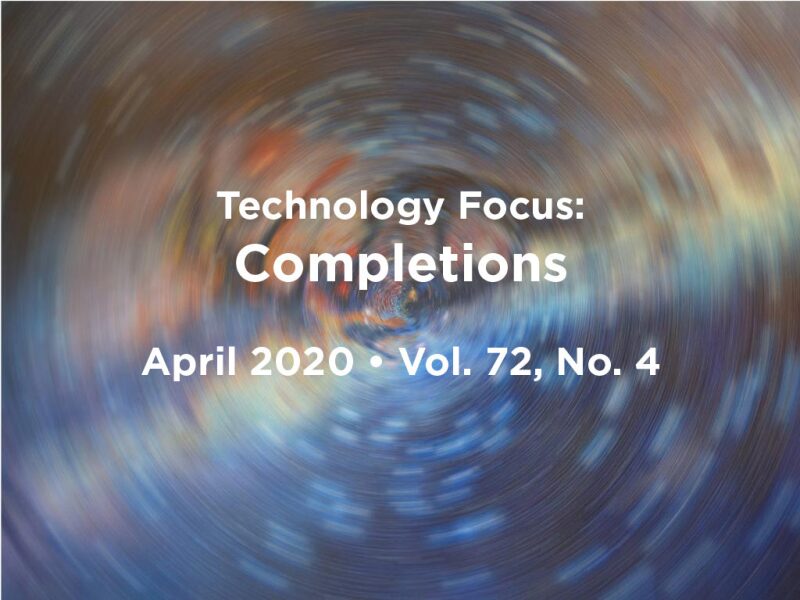We must standardize our completion configuration for all our wells. We cannot wait 6 months to accumulate production data to use in optimizing treating parameters on future wells. Can you predict first-year oil production? Can you predict annular pressure buildup in your high-pressure/high-temperature well?
Sound familiar?
Today, completion optimization relies heavily on our experience with the last well, domain knowledge [subject-matter experts (SMEs)], or perhaps simple curve fitting using the data from multiple wells. All are time-honored methods but have fundamental limitations. As SMEs, humans can articulate the “what” but, when many variables are in play (e.g., unconventional completions), are frequently challenged in pinpointing the “whys.” Historical mathematical models are better but suffer from multiple assumptions about second- and third-order effects. While adequate in some cases, historical models are challenged when predicting outcomes in highly complex completions.
Enter machine learning.
Digitization, big data, artificial intelligence, analytics, machine learning (ML), and automation are mentioned frequently as solutions for today’s complex technical challenges. ML is particularly fascinating because numerical models are used that can learn and be trained to predict future outcomes accurately. The synopses in this feature show how ML can provide accurate prediction of annular pressure buildup, first-year oil production, and (in conjunction with novel casing accessories) the time and location of water breakthrough along a lateral wellbore.
Digitization is a trend that will forever change how engineers and scientists tackle the most complex problems in our industry. ML can advance optimization in many complex completions significantly by delivering high-accuracy predictions. When ML is applied successfully, the numbers do not lie.
This Month's Technical Papers
Prescriptive Analytics Aids Completion Optimization in Unconventionals
Well-Completion System Supported by Machine Learning Maximizes Asset Value
New Modeling and Simulation Techniques Optimize Completion Design and Well Spacing
Recommended Additional Reading
SPE 196169 Subsurface-Driven Connectivity Descriptions in the Montney and the Duvernay Inform the Applicability of Single-Point vs. Multipoint Well Architectures by Ben Stephenson, Shell, et al.
SPE 197968 Strategic Engineering Application for Long Lateral Wells by Ahmed Kiyoumi, Abu Dhabi National Oil Company, et al.
SPE 196179 Evaluating Precision of Fluid/Casing Design for Annular Pressure Buildup Application Using Machine-Learning Tools by Sandeep D. Kulkarni, Indian Institute of Technology, et al.

| Doug Lehr, SPE, is senior manager for design for reliability activities at Baker Hughes. His current focus is driving reliability in new products. Lehr has 40 years of experience in the development of downhole tools for completion and intervention applications, including high-pressure/high-temperature (HP/HT) packers, composite fracturing plugs, and deepwater intervention tools. He has authored nine technical papers, holds 29 patents, and has chaired SPE HP/HT workshops. Lehr holds a BS degree in mechanical engineering from The University of Texas at Austin and an MBA degree in finance and marketing from the University of Houston. He was an SPE Distinguished Lecturer and has won numerous engineering awards. Lehr is a member of the JPT Editorial Committee and can be reached at douglas.lehr@bakerhughes.com. |


